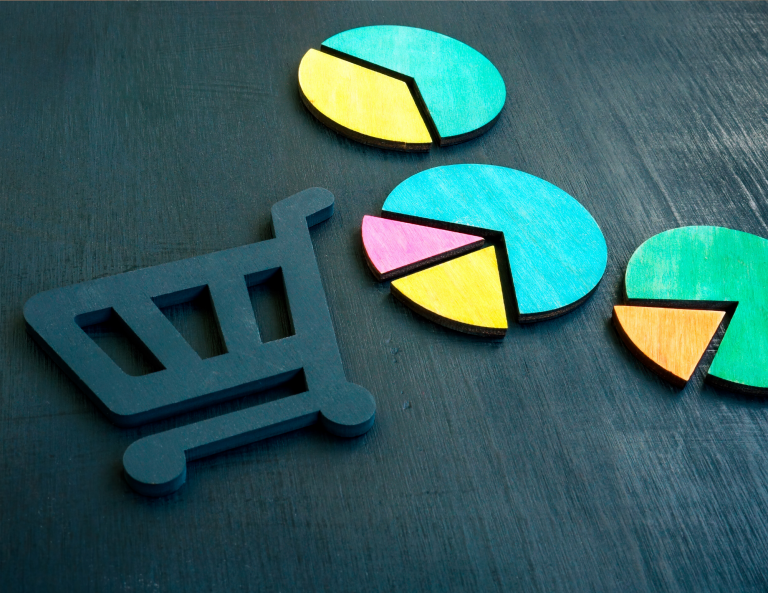Optimize Store Layout
Does the store layout maximize the in-store experience? Retailers have used sparse (and expensive) data generated from controlled studies to optimize store layout, but do these precisely reflect what is happening in every location and at all times? Changes in audience profiles over the course of the day or week can significantly impact behavior, expectations and flow. And this is just one variable! A one-size-fits-all approach often misses some high-dollar opportunities for optimization.
Often, in-store behavioral data leads to practical and obvious ways to optimize store layout. We measure and deliver real-time pathing and dwell data, so you can literally see trends and identify correlated events, such as revenues or profitability. That helps determine the optimal store layout. To raise retention, we deliver heatmaps of the store’s busiest areas, which help you make adjustments in staffing so that your customers have the support and help they need, down to the time of day and day of week.
Elevate Your Queue Performance
Customers are less willing to wait in 2024 than they were in 2020, and it is easy to underestimate the impact queue performance can have on your top line. According to Waitwhile, Americans spend more time waiting in line at retail stores than at restaurants, pharmacies, doctor’s offices and banks combined. Over 68% of consumers said they leave a physical line before it’s their turn, with almost 1 in 5 leaving more than 50% of the time!
As customers, we have never enjoyed waiting, but our patience grows thinner by the year. We want to pay for items and leave, just like we do for online purchases.
Retailers can miss out on plenty of conversions through poor queue performance. Is it worth paying one more employee to be available at the busiest time? With the right sensor technology placed at checkout, we can deliver in-store behavioral data that makes it easy to calculate exactly what that queue costs in terms of lost business, leading to accurate decisions about whether to invest in more registers or staff.
Advertise Things People Actually Want to Buy
According to a Grocery TV survey of more than 1,000 consumers, 87% of us are either accepting or positive toward in-store advertising. Think about it. Would you rather see an ad in the middle of a movie, or as you are deciding what to buy? Those ads might help you in the context of a buying decision, whereas they only distract you from enjoying the movie.
Another word for the potential to help is relevance. This explains why in-store advertising gets higher marks than ads delivered via linear TV, audio or display. They are more relevant to our context, so we are more likely to pay attention.
That same survey found that customers served relevant and personalized ads get even higher marks. The same principle of relevance applies. If I’m shopping for tomatoes, and I see a coupon for beefsteak tomatoes, I might still purchase the roma tomatoes on my shopping list, but I am glad to know the information anyway.
There are a few points of in-store data that can help retailers personalize in-store ads, but behavioral data is the most impactful. Imagine how relevant ads could become with sensor technology showing which aisles the customer visited, even particular product categories or displays they stopped for? This real-time data not only increases the probability of conversion; it simultaneously delivers that next level in-store experience where ads help the customer discover products and deals that expedite and optimize their journey.



